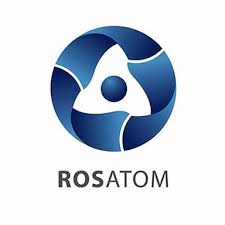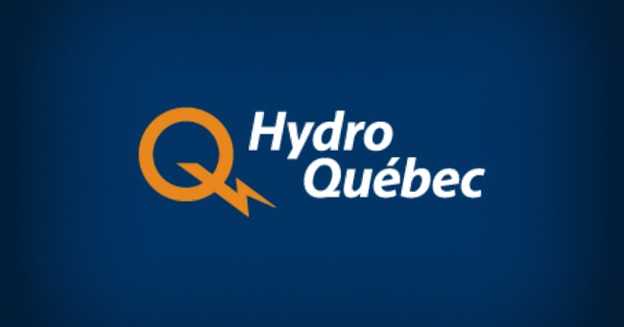The Australian government is no longer considering siting a national low and intermediate-level radioactive waste facility in Napandee near Kimba in South Australia. A federal court handed down a decision to dismiss a 2021 declaration naming Napandee as the proposed site for the facility. The federal government said that it will not appeal the decision.
In 2015, the government called for site nominations. Napandee was voluntarily nominated in 2017 by its landowner as a possible site to host the facility. In September of 2020, an Australian Senate committee recommended that the parliament pass legislation to make Napandee the preferred site for the facility.
In November of 2021, after years of consultation, then Minister of Resources Keith Pitt declared Napandee as the location of the facility. As called for under the relevant legislation, the declaration had the effect of the federal government purchasing about two hundred hectares of land for the purpose of hosting the National Radioactive Waste Management Facility (NRWMF).
However, the area’s traditional landowners, the Barngarla people argued that they were not properly consulted by the former coalition government about the decision to select the site. They sought judicial review of the 2021 declaration. On July 18th, Federal Court Justice Natalie Charlesworth ruled in their favor. She set aside the declaration because the court found “apprehended bias” present in the decision of the then minister.
Madeleine King is the current Minister for Resources. In addressing parliament, she said, “I do not intend to appeal the judge’s finding of apprehended bias. I have reached an agreement with the Barngarla Determination Aboriginal Corporation on costs, and I hope that we will also come to an agreed approach to orders relating to the date of application of the judge’s decision in coming days, for the court’s consideration, in due course. We have said all along that a national radioactive waste facility requires broad community support. Broad community support which includes the whole community, including the traditional owners of the land. This is not the case at Kimba.”
King said that the federal government does not intend to pursue Napandee as a potential site for the facility. They will also not pursue Lyndhurst and Wallerberdina either which were previously shortlisted sites. She noted that “My department has begun work on alternative proposals for the storage and disposal of the Commonwealth’s civilian low-level and intermediate-level radioactive waste.”
Australia does not produce any nuclear power. However, it has a long experience of operating research reactors and producing radioisotopes for use in medicine, research and industry.
According to King, the most recent national inventory conducted in 2021 found that Australia has about seventeen thousand cubic yards of low-level radioactive waste and five thousand seven hundred cubic yards of intermediate-level radioactive waste. This radioactive waste is currently stored at over a hundred sites around the country, including science facilities, hospitals and universities.
The Australian Nuclear Science and Technology Organization (ANSTO) said, “We want to reassure the Australian community that ANSTO will take the necessary steps to ensure we have sufficient storage capacity for our radioactive waste until a purpose-built facility is established. This means we can and will continue to operate, including the production and supply of nuclear medicines at our Lucas Heights campus. We will maintain our support for the Australian Radioactive Waste Agency (ARWA) in its work to progress establishment of a national waste facility.”
The ARWA was set up in July of 2020 to manage all of Australia’s radioactive waste. It is leading the process to deliver the NRWMF. ARWA will also lead a separate process to site a facility to permanently dispose of the country’s intermediate-level radioactive waste. This will probably be a deep geological disposal facility in a different location.




